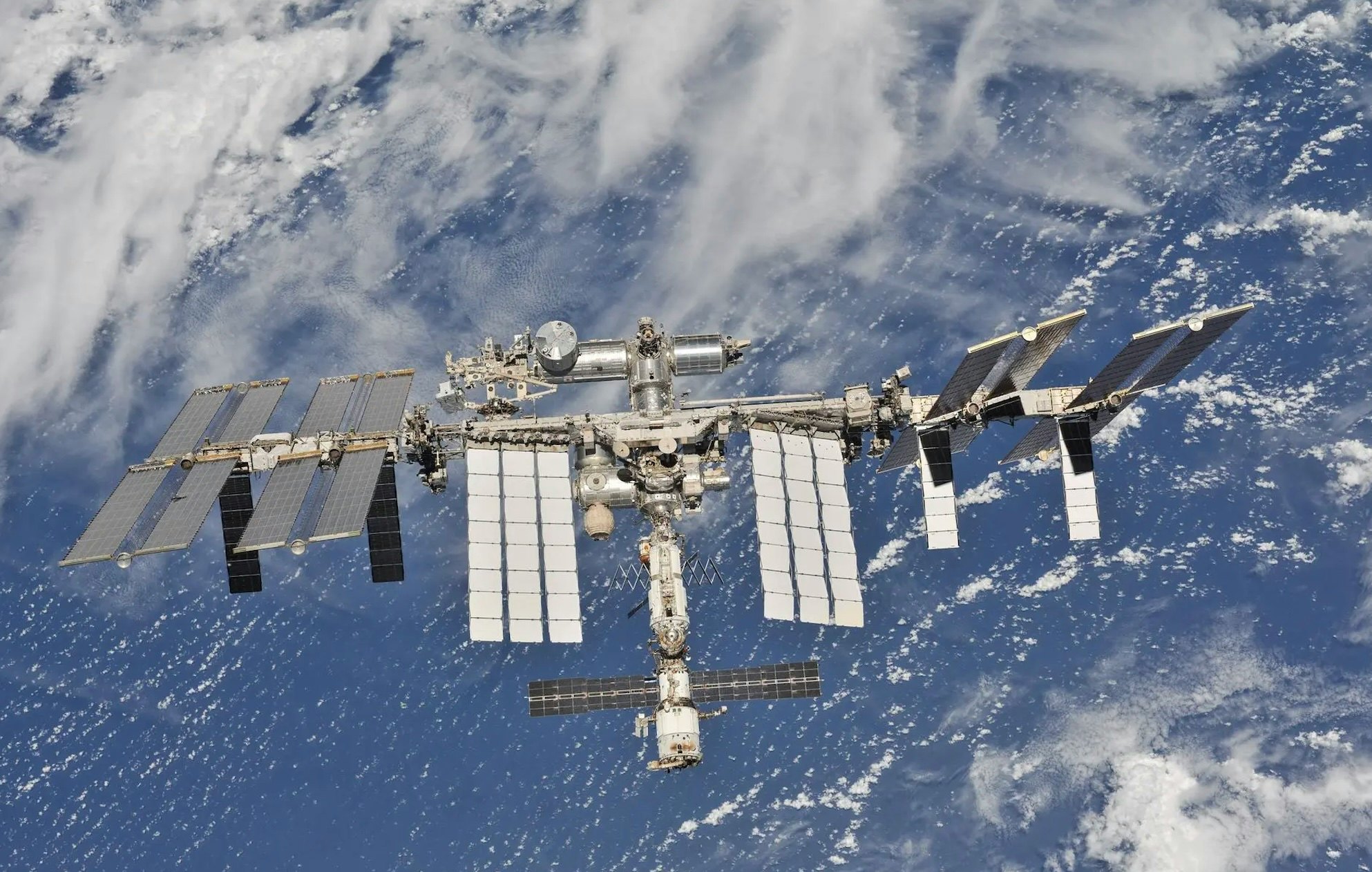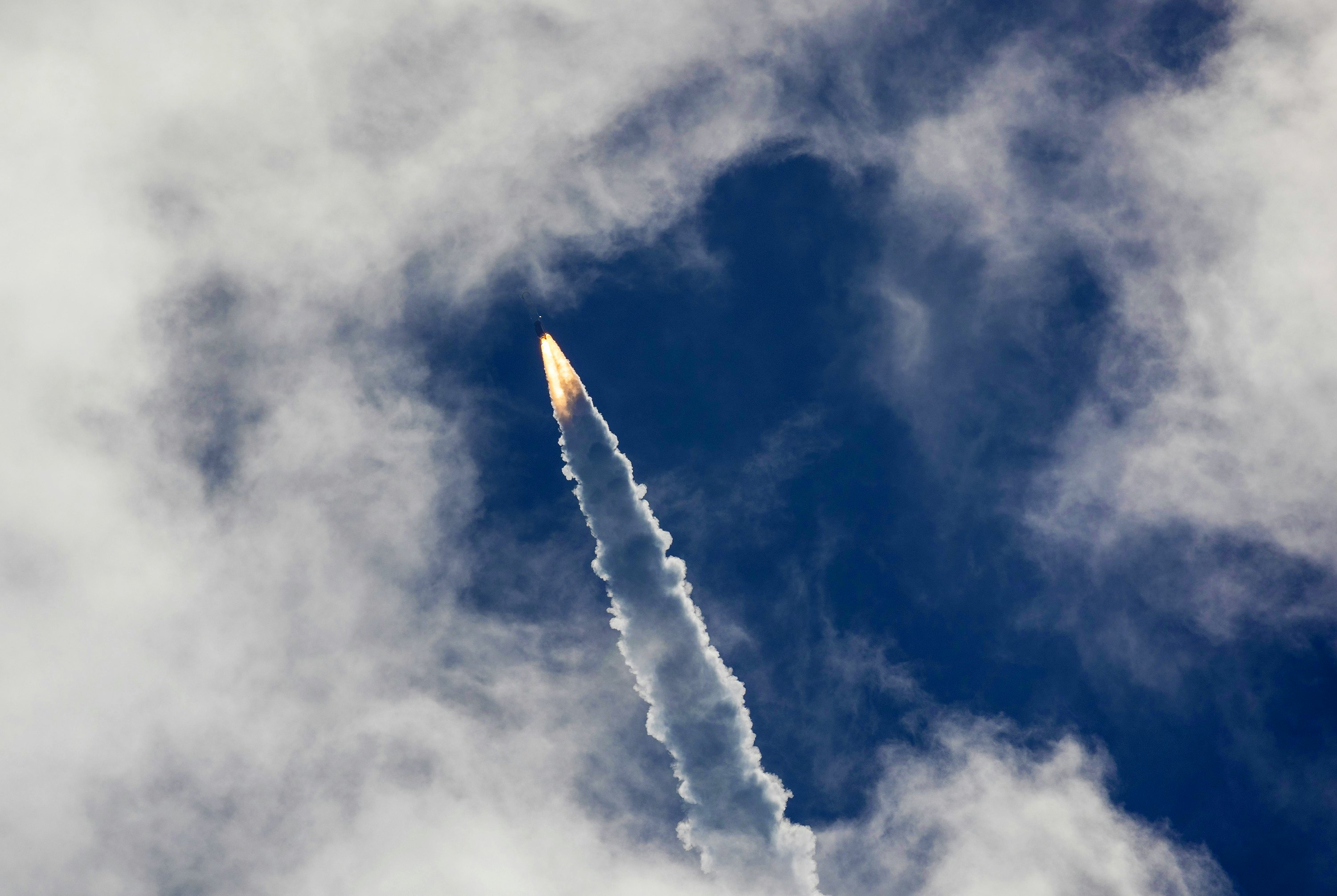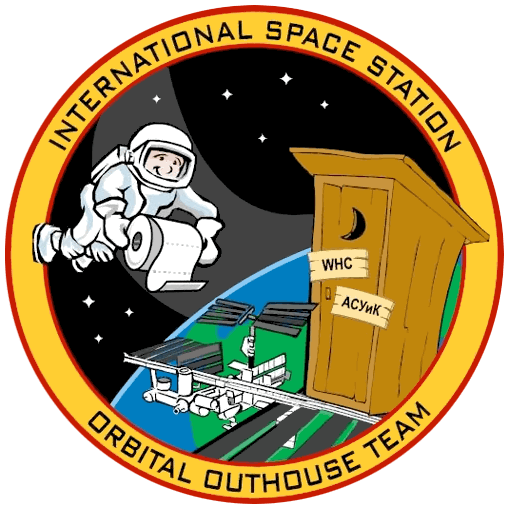
Thanks to the Boeing Starliner, astronauts can soon pee in peace. When the new human-rated spacecraft successfully ferried NASA astronauts Butch Wilmore and Suni Williams to the International Space Station (ISS) on Wednesday, it added a last-second high-prized payload along with it: A brand new pump for the urine processor.
The pump onboard was scheduled to be replaced this coming Fall, but failed earlier than expected. Since then, the ISS has had to store a lot of urine on the ship. Yes, you read that right.
“The station is designed to be closed loop system,” Dana Weigel, NASA’s ISS Program Manager, told reporters last week before launch. Meaning, every little bit of water you can recycle needs to be recycled. So when the pump failed early, it “put us in a position where we had to store an awful lot of urine ... Obviously adding two crew members to that further constrains the storage capabilities.”
Of course, this little detail might have been missed in coverage since getting the Boeing Starliner to the ISS itself was a historic event. The success of the mission could cement certification for Starliner as a reliable way to ferry astronauts to space from the U.S., alongside SpaceX Crew Dragon.
“It’s good to see Butch and Suni back on the station. I certainly don’t have the dance moves that Suni has, if anybody watched her floating onto the station. That was absolutely awesome,” Jeff Arend, manager of the ISS program’s systems engineering and integration office, told reporters on Thursday evening after having a big of celebratory fun with a successful launch. But after celebrating their arrival, he brought up the first order of business: getting the urine processor installed as soon as Friday.

“Between storing urine and needing a lot of water when nine people are onboard, it’s a really big deal to us,” Arend said.
The pump for the urine processor was high enough priority that he thanked the Boeing Commercial Crew Program team for working hard to change the load of the hardware that Starliner would ferry up to space alongside the astronauts. “They had to rearrange a few things because we have a processor that we really need to get on the space station.”
To get the large pump onboard they had to replace suitcases of astronaut clothes (yes, “suitcases”) to make room for the pump. Apparently that’s not a big deal because, as with anything, the astronauts have plenty of redundancy with their outfits.
Why The ISS Toilet Is So Crucial
If you’ve ever wondered how astronauts go to the bathroom, Williams actually led a tour of the entire space station a decade ago when she was last in space, as ISS commander for Expedition 33 in 2012. She explained the science labs, the cupola’s amazing views of Earth, the kitchen, their beds, and yes, their toilets.
The ISS is humanity’s farthest outpost. It’s enclosed. All human needs must be met inside the station’s walls. So, urine must be stored and processed. After all, water is hard to replenish from Earth. “Water is very heavy and we can’t carry that much water with us,” according to NASA’s description of the new toilet the STS-126 mission installed in 2008.

The closed-system nature of space travel is why going really far away is so complicated. The Moon buggy introduced in the later Apollo missions, for instance, allowed astronauts to save on another non-renewable, precious ingredient for sustaining life, oxygen reserves, since astronauts weren’t tiring themselves out or using up as much of the gas to traverse the lunar surface.
The urine processor’s installation is a major priority to Arend’s team. Depending on how it goes to get the processor up and running, “that will probably factor into our decision when we all come to an undock decision together as a team.”
Starliner is slated to depart the ISS in about a week. When Williams and Wilmore make their bittersweet departure from their home away from home, they’ll board Starliner and aim to land over the U.S. southwest, probably in Utah.







